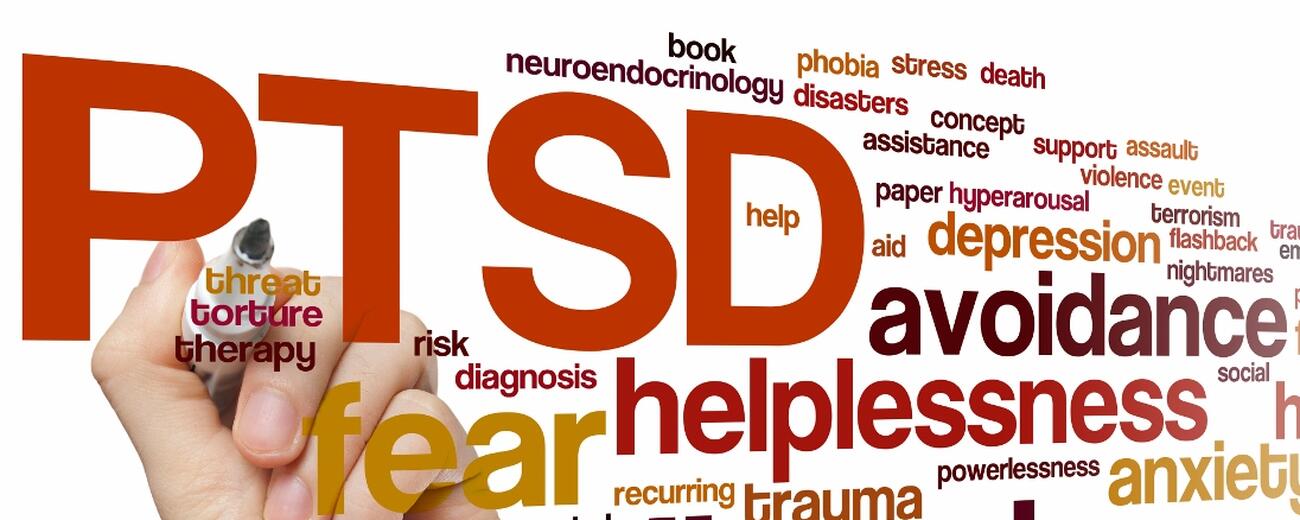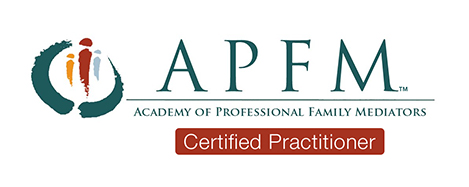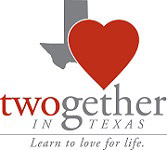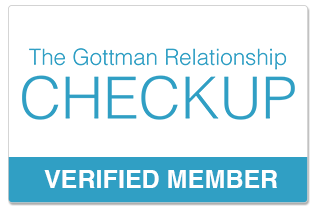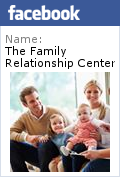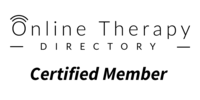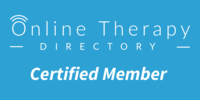At The Family Relationship Center, we know that relationships can be challenging. We’re committed to helping couples nurture their relationship and continue to make their marriage or partnership stronger.
Our therapists understand the complexities of relationships and offer an affirming environment that builds toward the future. Couples often enter into counseling together, but we also offer solo sessions. Male and female therapists are available.
Our team has experience with all kinds of marital situations and understands what can cause stress in relationships. You and your spouse will learn from us how to manage that stress and communicate to foster a better, deeper connection.
You and your partner are not alone in the trials you face. There are many therapeutic models for couples and relationship counseling. The Family Relationship Center uses both The Gottman Method as well as Emotionally Focused Therapy in sessions.
The Gottman Method is a highly structured and goal-oriented form of couples therapy that is designed to help couples maintain healthy, lasting relationships.
Gottman Method Couples Therapy
The Gottman Method was developed by Dr. John Gottman and his wife Dr. Julie Schwartz Gottman in the 1980s. It is an evidence-based form of couples therapy that strives to assist couples in achieving a deeper sense of understanding, awareness, empathy, and connectedness within their relationships that ultimately leads to heightened intimacy and interpersonal growth. By combining therapeutic interventions with couples exercises, this type of therapy helps couples identify and address the natural defenses that hinder effective communication and bonding.
Couples who enter into Gottman Method Couples Therapy begin with an assessment process that then informs the therapeutic framework and intervention. An initial session might look like this:
- Assessment: Individual interviews with each partner are conducted, followed by a joint assessment of the couple.
- Therapeutic Framework: The couple and therapist decide on the frequency and duration of the sessions.
- Therapeutic Interventions: An analysis of couple conflict is one example of a therapeutic intervention. The couple enact a recent conflict and through observation, the therapist identifies the strengths and problems and implements interventions that aim to improve the couple's communication. The therapist assists the couple in effectively repairing the conflict.
Goals and Principles of the Gottman Method
The principle goals of the Gottman Method Couples Therapy are to disarm conflicting verbal communication, increase intimacy, respect, and affection, remove barriers that create a feeling of stagnancy in conflicting situations, and create a heightened sense of empathy and understanding within the context of the relationship.
Nine components of healthy relationships, also known within the practice as the Sound Relationship House. These include:
- Building love maps
- Sharing fondness and admiration
- Turning towards (as opposed to turning away from each other)
- The positive perspective (seeing your partner as a friend, not an adversary)
- Managing conflict
- Making life dreams come true
- Creating shared meaning
- Trust
- Commitment
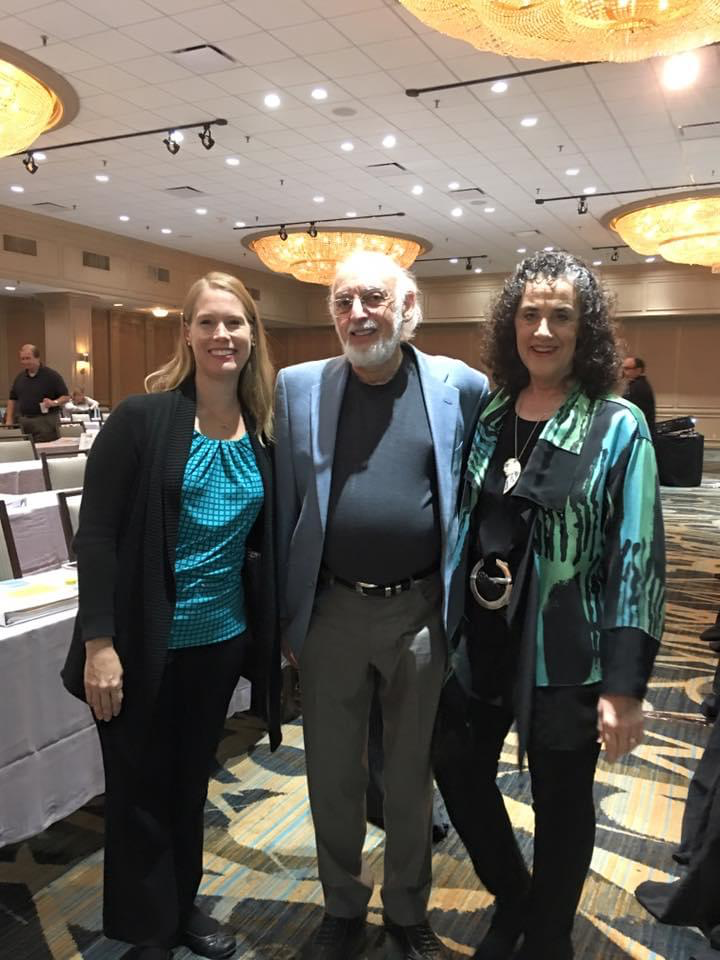
JOHN & JULIE GOTTMAN
Who Can Benefit from the Gottman Method?
The Gottman Method is designed to support couples across all economic, racial, sexual orientation, and cultural sectors. Some of the relationship issues that may be addressed in therapy include:
- Frequent conflict and arguments
- Poor communication
- Emotionally distanced couples on the verge of separation
- Specific problems such as sexual difficulties, infidelity, money, and parenting
Gottman therapy aim to help couples build stronger relationships overall and healthier ways to cope with issues as they arise in the future.
Emotionally Focused Therapy
EFT is a structured approach to couples therapy formulated in the 1980's by Dr. Sue Johnson and has developed alongside the science on adult attachment and bonding to expand our understanding about what is happening in couple relationships and to guide therapists. A substantial body of research outlining the effectiveness of EFT now exists. Research studies find that 70-75% of couples move from distress to recovery and approximately 90% show significant improvements. EFT is being used with many different kinds of couples in private practice, university training centers and hospital clinics and many different cultural groups throughout the world. These distressed couples include partners suffering from disorders such as depression, post-traumatic stress disorders and chronic illness.
In the initial sessions of treatment, the therapist will assess interaction styles of the couple and help deescalate conflict. In the middle phases of treatment, the therapist and the couple work together to find ways to form new, stronger bonds in the relationship. Changes are consolidated as treatment concludes. A couple might start therapy by learning ways to deescalate conflict about a commonly debated topic, such as finances for example. Then, the couple begins to learn ways to express deeper feelings often covered up by common relationship conflicts, such as a lack of trust. When couples are able to identify and discuss these deeper feelings with compassion, they are often able to form deeper bonds. The final stages of therapy help couples become better able to independently identify the attachment issues underlying conflict and to express related emotions in future interactions. The therapy is considered complete when couples can reliably engage in changed interaction patterns learned in therapy outside of the therapy environment.
Strengths of Emotionally Focused Therapy
- EFT is based on clear, explicit conceptualizations of marital distress and adult love. These conceptualizations are supported by empirical research on the nature of marital distress and adult attachment.
- EFT is collaborative and respectful of clients combining experiential Rogerian techniques with structural systemic interventions.
- Change strategies and interventions are specified.
- Key moves and moments in the change process have been mapped into nine steps and three change events.
- EFT has been validated by over 20 years of empirical research. There is also research on the change processes and predictors of success.
- EFT has been applied to many different kinds of problems and populations.
Goals of Emotionally Focused Therapy
- To expand and re-organize key emotional responses – the music of the attachment dance.
- To create a shift in partners' interactional positions and initiate new cycles of interaction.
- To foster the creation of a secure bond between partners.

